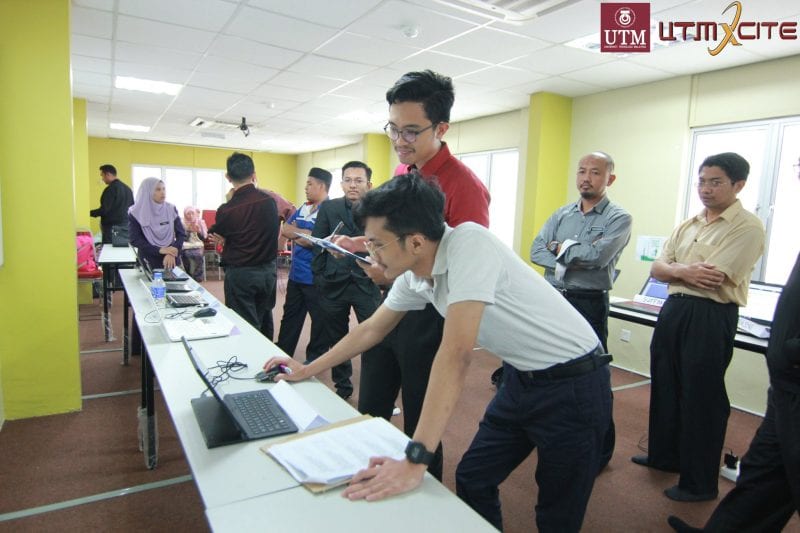The Malaysian schools have added a computer science curriculum to their educational program. UTM through UTMXCITE was appointed as the Digital Maker Hub in the Southern Region of Malaysia to train school teachers in the Fundamentals of Computer Science. Dr. Corrienna Abdul Talib, a certified computational thinking master trainer from SOE, FSSH was invited by UTMXCITE as one of the master trainers of school teachers for the fundamentals of computer science.
As she started this master trainer experience, what was her thinking? It was about her students, the teachers because prior to joining UTM, she was one of them for 11 years, so they were very close to her heart. She began this journey as a master trainer of computer science on the 19th to the 21st of August this year. When venturing into a computer science arena, a non-computer science scientist has to be prepared to achieve a personal proficiency of the system for instruction. Dr. Corrienna outlined her thinking and preparation in the following several lessons learned based on her experience.
Lesson #1: How to get started
First, you have to meet the expectation of the teachers by determining the goals of the curriculum. It should create an instruction that builds knowledge starting from the basics, provides opportunities for teachers not only to learn but also create through a project-based learning approach, and explores opportunities as well as ensures teachers understand the tools they were using, and the expectations associated with having learned the knowledge of how they work.
Lesson #2: Find good resources
There are a few resources : www.3schools.com and htmlcolorcodes.com, as well as the coding and programming app to learn to code that are available from Google Play (android) that provide incredible resources compared to other sources. It also gives good support to any coding book.
Lesson #3: Be clear in what is to be taught
As a non-computer scientist, one may not be as well versed in the subject, therefore simplify the task into baby steps to solve the problems using computational thinking.
Lesson #4: Have a growth mindset
Teaching computer science doesn’t mean you have to be a computer scientist. However, when venturing out into a world that is far from your academic comfort zone, a non-computer scientist may need to learn from others as well (computer scientists).
In conclusion, Dr. Corrienna advises to always thrive on the challenge and push yourself into a new and maybe scary arena and think beyond your current possibilities and limitations.
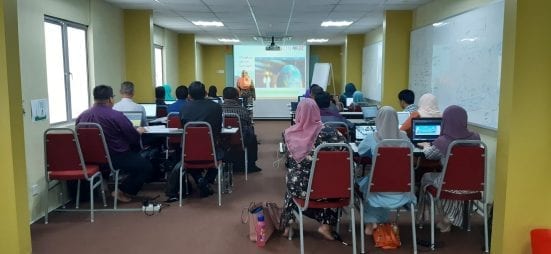
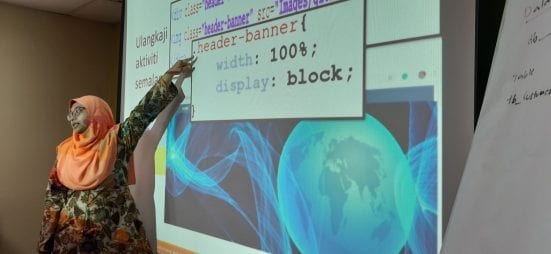

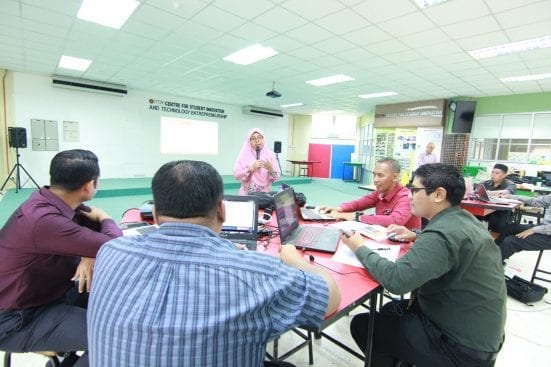
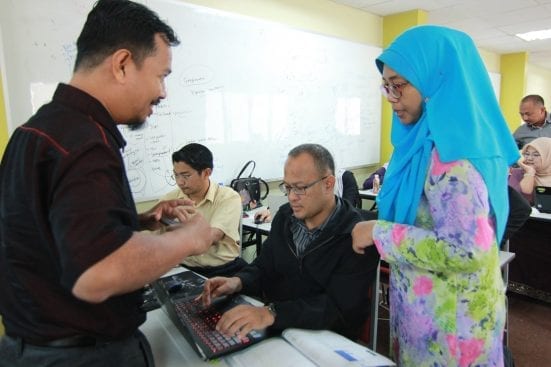
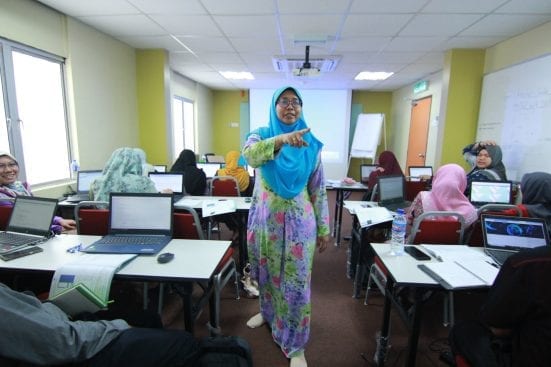
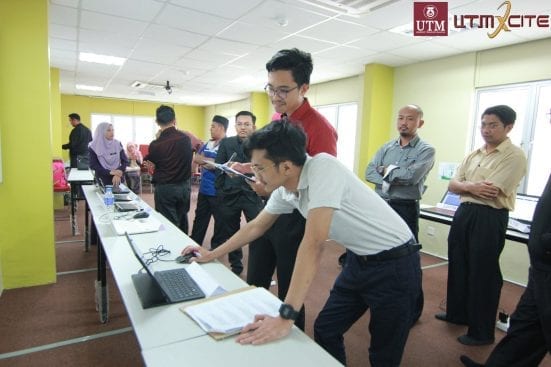
Authored by Dr. Corrienna Abdul Talib and Dr. Rainer Zawadzki.

